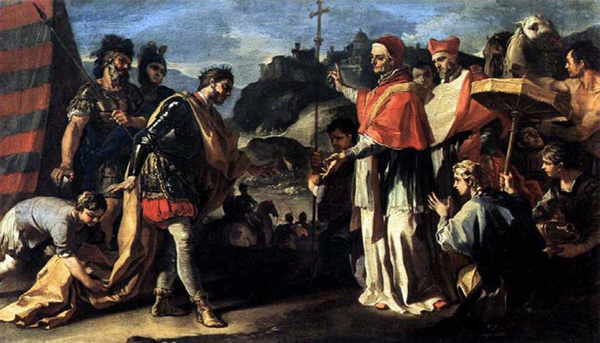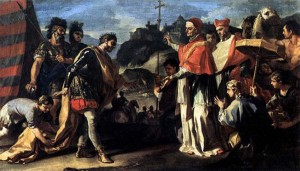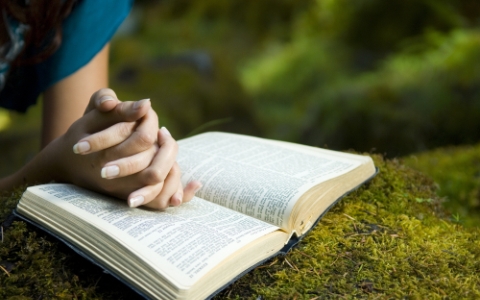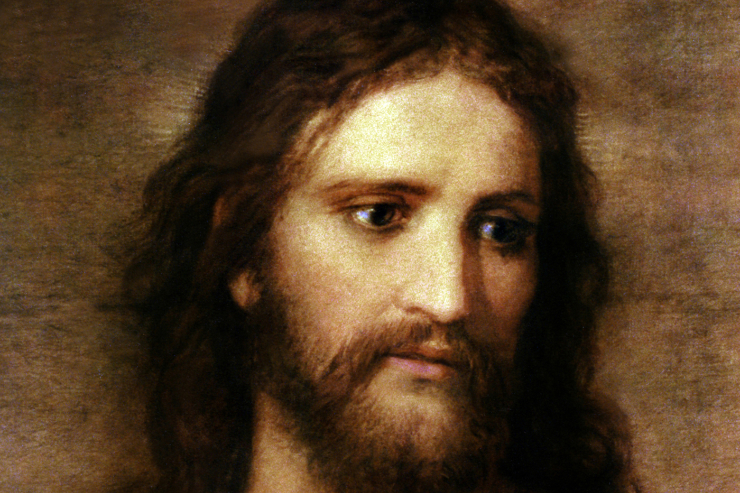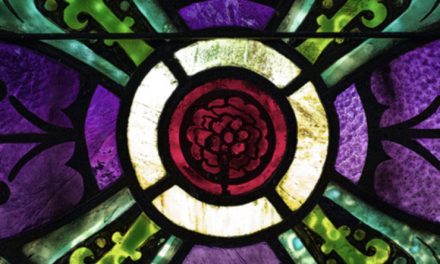During the Jubilee Year of our Redemption in Rome during the year 2000, every time there was a morning event with Pope John Paul II in St. Peter’s Square, St. Peter’s Basilica would be closed until after the celebration. The only people who would be allowed into the basilica would be a handful of priests and religious who knew how sneak through a back entrance into the sacristy just before 7 am for Mass. Inside we would meet a team of altar boys from the Vatican choir school and head out with one or two of them into the vast, almost empty basilica to celebrate the Eucharist at one of the altars built over the tombs of the saints.
When there were special events on Sundays, however, I was generally the only one there at 7 in the morning. The other priests, most of whom worked for the Vatican, would go to help out in parishes or convents in and around Rome. The altar boys from the choir school were not there either, as they were practicing to sing at the papal liturgy later that morning. Inside the sacristy, there was only the sacristan, Don Giorgio, and me. I would vest, grab an already prepared veiled chalice with one hand and a container with wine and water in the other, and head out, all by myself, to the largest and most famous church in the world.
The first time I entered the empty basilica, I must admit that I wondered for a minute how much trouble I would get in if I were caught celebrating Mass at the papal altar on top of St. Peter! As soon as that temptation passed, though, I knew I was faced with a grown-up Catholic version of the dilemma of the kid in the candy store: I needed to make a choice among so many saints on top of whose tombs to celebrate Mass.
To my right was Gregory the Great and Pius X, the founder of our Diocese; ahead of me was the superb teacher on the Trinity, Gregory Nazianzen, and Josaphat, the powerful intercessor for Church unity; behind me to the left was the altar over two apostles, Philip and James.
But I felt inwardly and irresistibly drawn to the altar of another saint. In fact, every one of the fifteen times I entered the empty basilica on those memorable Sunday mornings, I took a left and went to chant Mass at the altar over the mortal remains of the holy pope whose feast we celebrate tomorrow, St. Leo the Great.
Why him? At first I didn’t really know, but during those Masses, the answer became clear through the petitions I found myself asking at his altar. I was praying repeatedly that he intercede for me and my brother priests for two gifts that he had in abundance: courage and the ability to defend and promote the faith in the midst of great challenges inside and outside the Church.
Leo was bishop of Rome from 440-461 and the first of three popes — along with Gregory (590-604) and Nicholas (858-867) — whom later generations would called “great,” because of their enormous impact in the Church and in society.
Inside the Church, Leo wrote several treatises clarifying and defending the faith. His famous “tome” explaining that and how Christ was fully God and fully man was decisive at the ecumenical Council of Chalcedon (451), which brought to an end over a century of serious Christological heresies. The various bishops at the Council, after hearing his tome read by a legate, spontaneously cried out “Peter has spoken through Leo.” And Leo, conscious that he was indeed the successor of St. Peter, used his office to bring about unity not just in doctrine but in discipline. Of the 143 letters we have, most were to bishops, to help them root out local heresies against the faith, to settle disputes between them and neighboring prelates, and even to rescind some of their decrees. He established regulations for the selection of bishops and for the care of consecrated virgins. In short, at a time of great confusion in the Church, he brought clarity and order.
He did the same in society. When Attila the Hun entered Italy in 452 and began to sack and burn cities on his way to Rome, the panicked population, emperor and senate, begged him to go to persuade ferocious marauder to spare the eternal city. Leo courageously took up the charge, met with Attila in Peschiara, and persuaded him to turn around in exchange for an annual tribute. When the Barbarian Geneseric and his vandals came a few years later, Leo was asked to save the city once again, and he did, convincing Geneseric only to plunder the city but not to harm its people or burn it down. After they had left, Leo led the city in getting back on its feet. By the force of his faith and the strength of his personality, he was able to do what even the strongest civil leaders elsewhere were not. Like no pope before him, he raised the prestige of the Church and the papacy.
He is perhaps most famous, however, for his sermons, especially those on the Lord’s incarnation. Many classicists consider his Latin greater even than Cicero’s, and he dedicated all of his enormous talents to describe not just the love of God in choosing to become one of us, but how each of us is called to allow Christ to take up his abode within us through prayer and the sacraments.
Leo clearly allowed Christ to reign within him, which is why he was able to be fearless in the face of the greatest human threats and to labor lovingly and tirelessly for the salvation of those Christ entrusted to him. May he intercede for priests and bishops today, that they may allow the same incarnation and bear similar fruit.
Please help us in our mission to assist readers to integrate their Catholic faith, family and work. Tell your family and friends about this article using both the Share and Recommend buttons below and via email. We value your comments and encourage you to leave your thoughts below. Thank you! – The Editors

